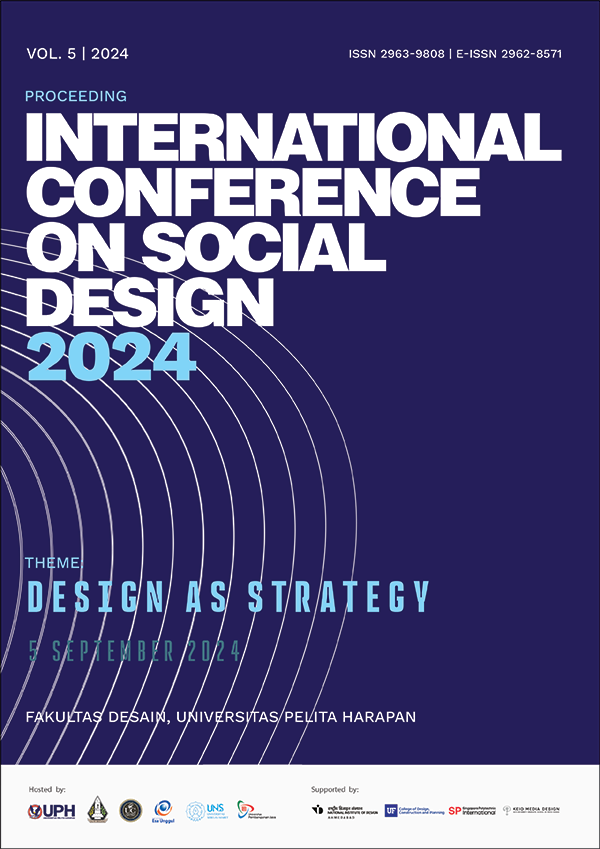Use Of Bamboo Powder Waste Into a Composite for Interior Lamp Shade Products
Abstract
This research aims to process sandalwood bamboo waste into composites which are alternative raw materials that have new material characteristics which are a form of material innovation for interior products. Apart from that, this is also a development of the use of bamboo waste in the form of sheet-shaped composites which have ductile, strong, flexible properties and which can be used to make a variety of environmentally friendly (ecogreen) interior products in the form of lampshades. Currently, there are many alternatives that use processed waste materials to make a product to reduce costs in terms of materials. Sandalwood bamboo powder waste is currently still not widely used, one of which is in Sayegan Hamlet which is a center for bamboo crafts in Sleman Regency, Yogyakarta. In this bamboo craft center area, bamboo powder waste is only piled up in the yard to then be burned, which can actually be processed and has added value. The method in this research uses experiments in the laboratory to produce a new material in the form of a composite between sandalwood powder (SB) bamboo waste and adhesive material (BP) from glycerin and seaweed agar. Composite composition with bamboo powder ranging from 10 gr, 20 gr, 30 gr, 40 gr and 50 gr with adhesive then mixed until homogeneous while heated to a temperature of 700 C for 5 minutes, after that it is poured into a mold and dried. The maximum tensile strength test results were 176.4 N/mm2 and the tear test was 258.8 gr. The sheet form composite has ductile, flexible and transparent properties, and is then applied to produce a variety of products for bamboo craftsmen by making lampshades which are expected to provide added value from bamboo powder waste.





1.png)
